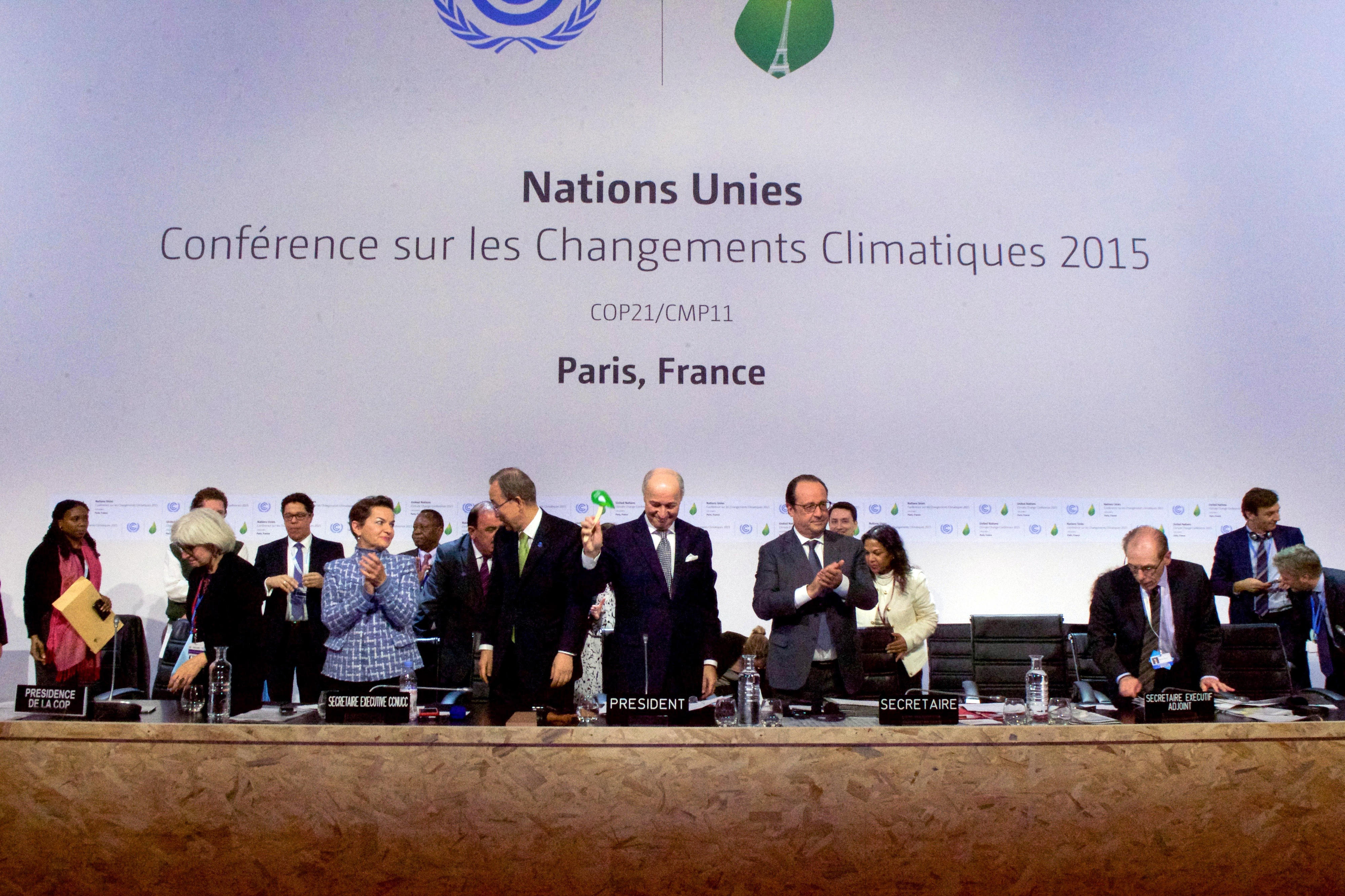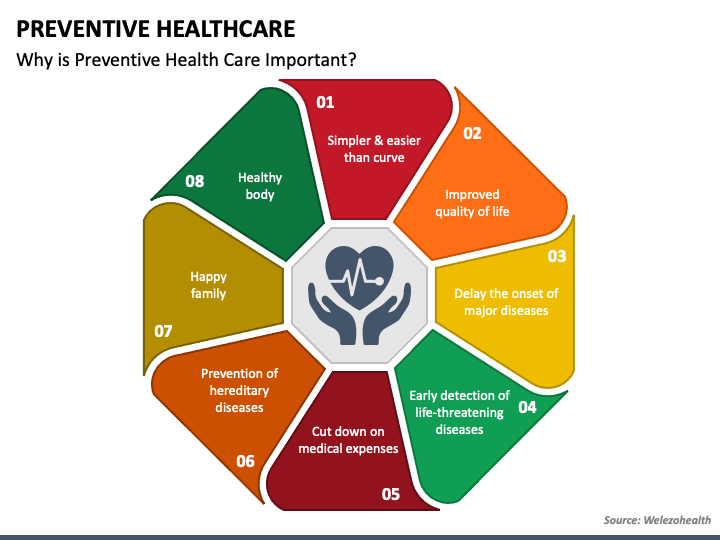Climate Agreements: What’s New?
The Latest Breakthroughs in Climate Agreements: A Comprehensive Overview
The fight against climate change is a global effort, and at its heart lie international agreements. These agreements, painstakingly negotiated and constantly evolving, represent humanity’s collective commitment to reducing greenhouse gas emissions and mitigating the worst effects of a warming planet. While progress can often feel slow and incremental, recent months have seen some genuinely significant breakthroughs. This post will delve into the latest developments in climate agreements, examining what’s been achieved, what challenges remain, and what the future might hold.
The Evolution of Climate Agreements: A Brief History
Before diving into the current landscape, it’s helpful to understand how we got here. The story begins with the United Nations Framework Convention on Climate Change (UNFCCC), adopted in 1992. This established a framework for international cooperation but lacked binding emission reduction targets. The Kyoto Protocol (1997) was a crucial step forward, introducing legally binding targets for developed countries. However, its limitations – notably the non-participation of the United States and the lack of commitments for developing nations – hampered its overall effectiveness.
The landmark Paris Agreement (2015) marked a turning point. It brought together nearly all nations under a common goal: to limit global warming to well below 2, preferably to 1.5 degrees Celsius, compared to pre-industrial levels. The Paris Agreement operates on the principle of Nationally Determined Contributions (NDCs), where each country sets its own emission reduction targets. This bottom-up approach, while allowing for national sovereignty, also presents challenges in ensuring ambition and accountability.
Recent Breakthroughs and Key Developments
The past year has witnessed several important advancements building upon the foundation of the Paris Agreement. One of the most significant is the increasing focus on loss and damage. For years, developing nations most vulnerable to climate change impacts have argued that wealthier, historically polluting countries have a responsibility to provide financial assistance for the unavoidable consequences of climate change – things like extreme weather events, sea-level rise, and displacement.
At COP27 in Sharm el-Sheikh, Egypt (2022), a historic agreement was reached to establish a loss and damage fund. This fund aims to provide financial assistance to vulnerable countries facing climate-related disasters. While the details of the fund – including its funding sources and how assistance will be distributed – are still being worked out, its creation represents a major victory for climate justice. Negotiations surrounding the fund continue to be complex, with debates over which countries should contribute and the criteria for receiving aid.

COP28, held in Dubai, UAE (2023), built on this momentum. Perhaps the most significant outcome of COP28 was the Global Stocktake. This is the first comprehensive assessment of progress towards the goals of the Paris Agreement. The Stocktake revealed a sobering truth: the world is currently not on track to meet its climate goals. However, it also spurred countries to increase their ambition.
Crucially, COP28 saw a commitment to transition away from fossil fuels – a phrase that, while debated, represents a significant acknowledgement of the need to move towards cleaner energy sources. The agreement also included pledges to triple renewable energy capacity globally by 2030 and to accelerate efforts to reduce methane emissions. Furthermore, another substantial pledge was made to replenish the Green Climate Fund, which supports climate action in developing countries.
Challenges and Areas for Improvement
Despite these breakthroughs, significant challenges remain. One major hurdle is the gap between pledged emission reductions and what is actually needed to limit warming to 1.5 degrees Celsius. Current NDCs are insufficient, and countries need to significantly increase their ambition in the coming years. Implementation is also a critical issue. Many countries struggle to translate their commitments into concrete policies and actions.
Financing remains a persistent challenge. Developed countries have repeatedly failed to meet their commitment to mobilize $100 billion per year in climate finance for developing countries. The loss and damage fund, while a positive step, will require substantial and sustained funding to be truly effective.
Another area of concern is the issue of carbon markets. While carbon markets can potentially incentivize emission reductions, they are often complex and prone to loopholes. Ensuring the integrity and effectiveness of carbon markets is crucial to avoid greenwashing and ensure genuine climate benefits.
The Future of Climate Agreements
Looking ahead, several key areas will shape the future of climate agreements. The ongoing negotiations surrounding the loss and damage fund will be critical. Establishing clear rules and ensuring adequate funding are essential for its success. The next round of NDC revisions, due in 2025, will be a crucial opportunity for countries to increase their ambition.
Technological innovation will also play a vital role. Developing and deploying clean energy technologies, carbon capture and storage, and other climate solutions will be essential for achieving deep emission reductions. International cooperation on technology transfer and development will be crucial.
Finally, public engagement and political will are paramount. Building broad public support for climate action and ensuring that policymakers prioritize climate change are essential for driving meaningful progress. The fight against climate change is a long and complex one, but the recent breakthroughs in climate agreements offer a glimmer of hope. Continued commitment, ambition, and collaboration are needed to secure a sustainable future for all.



